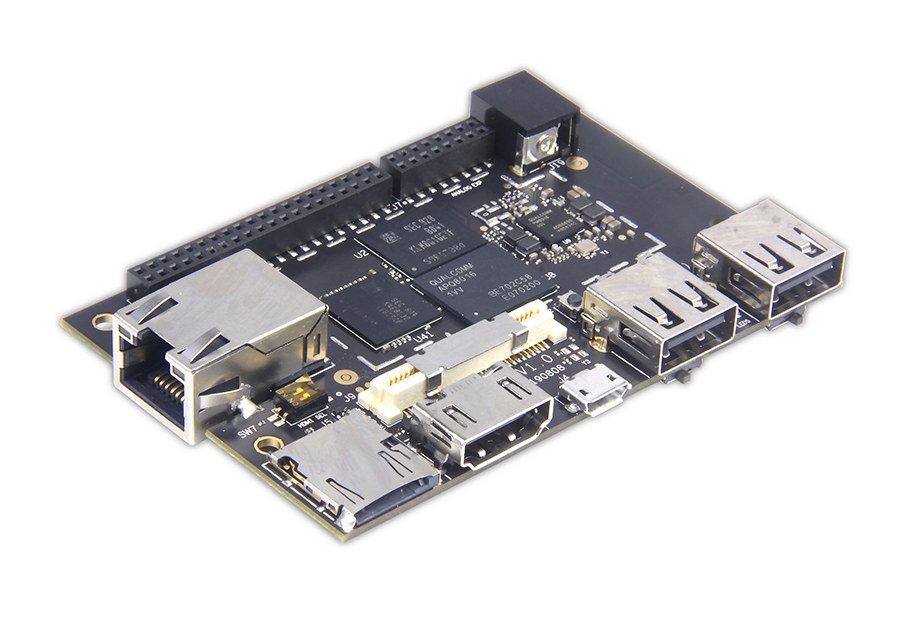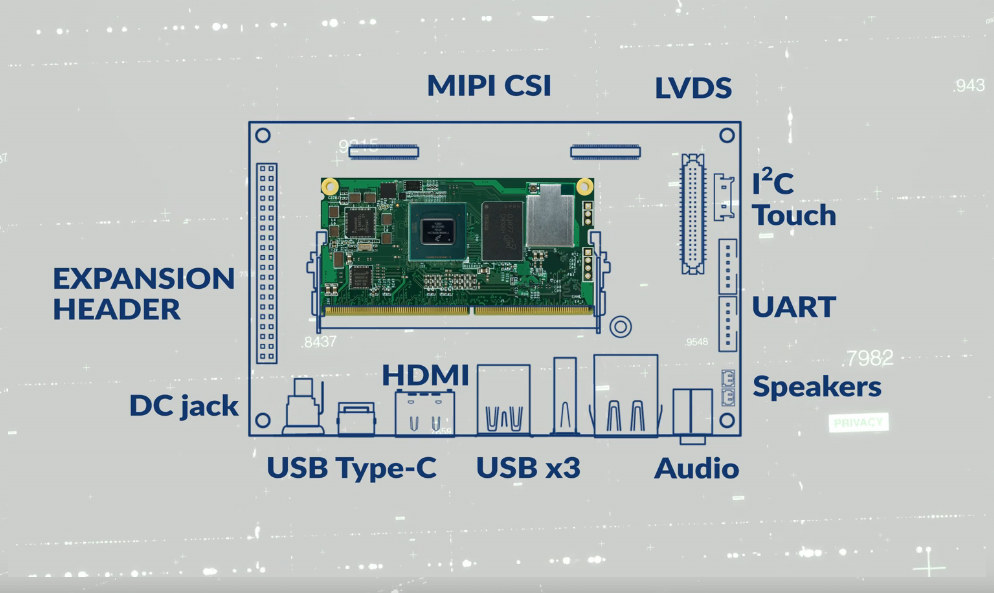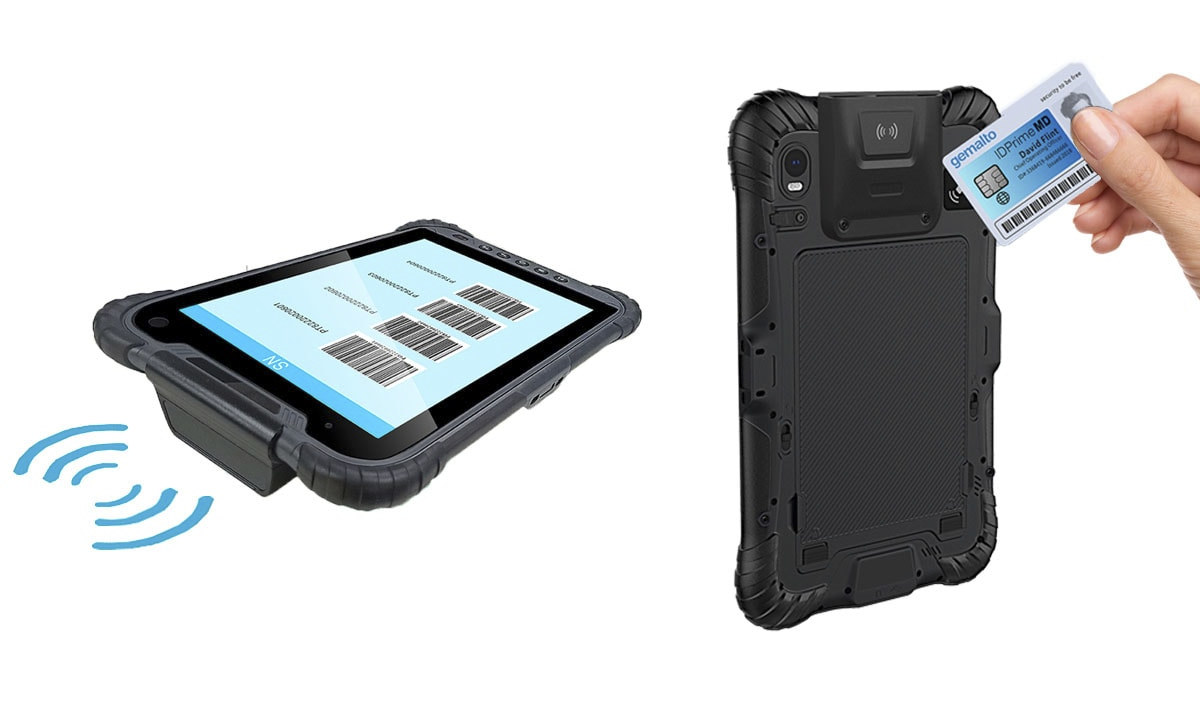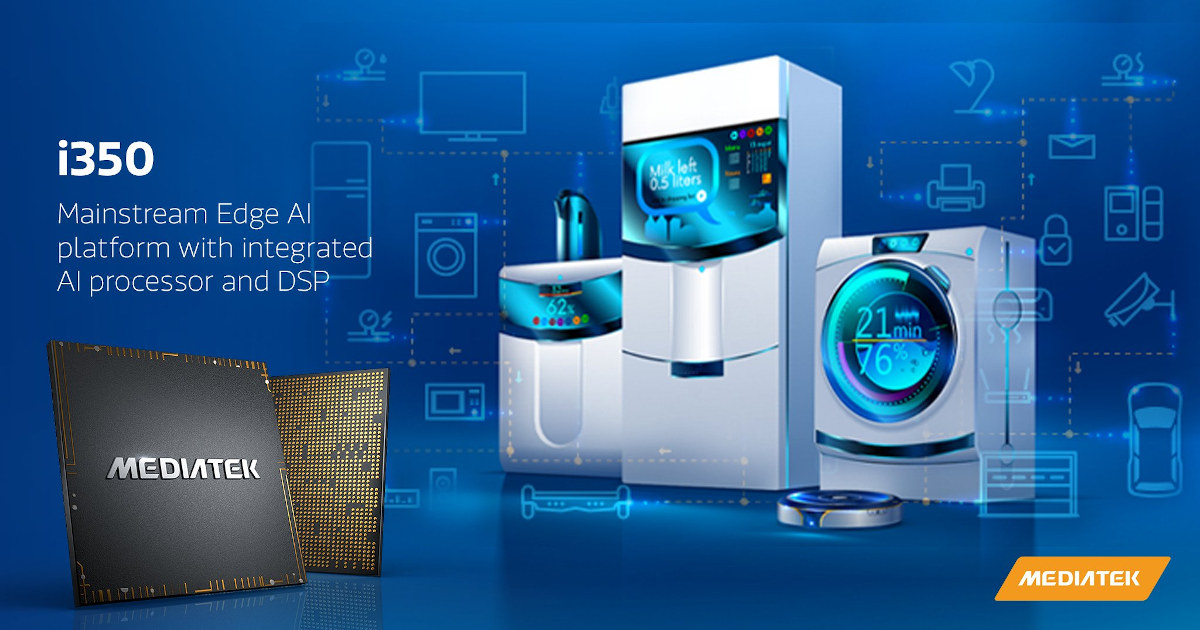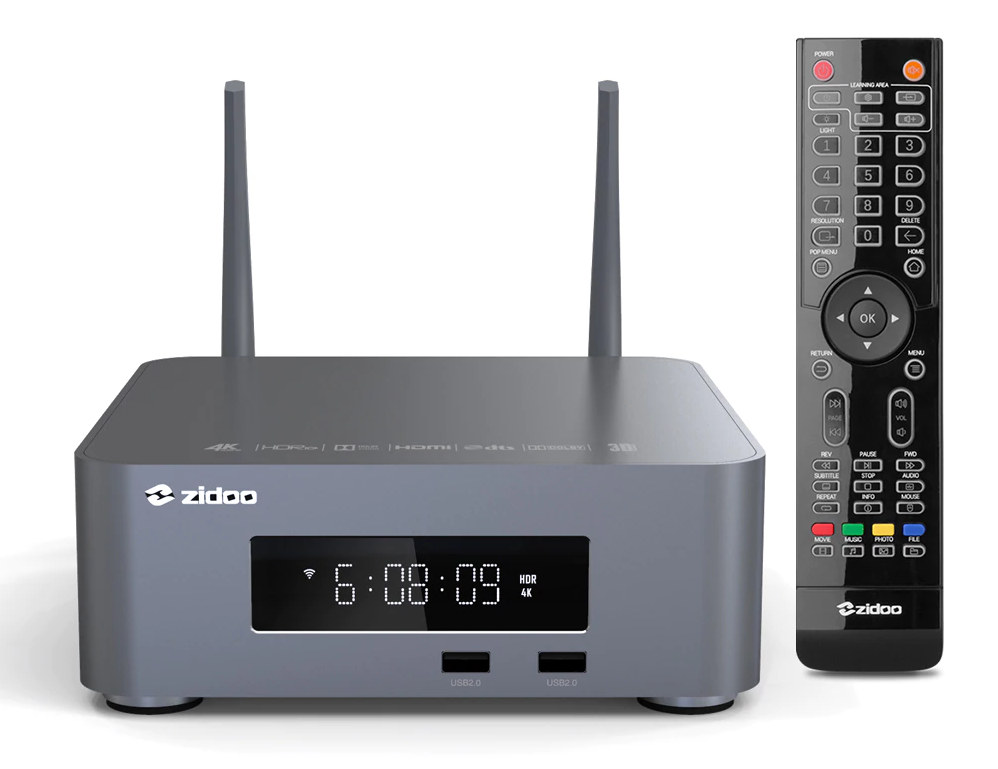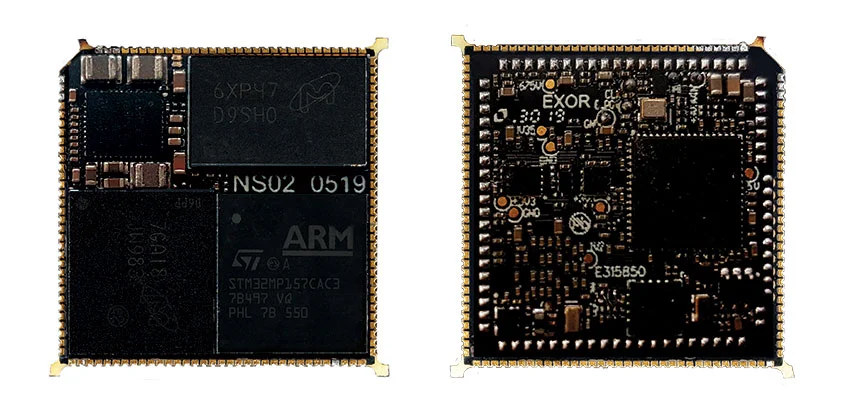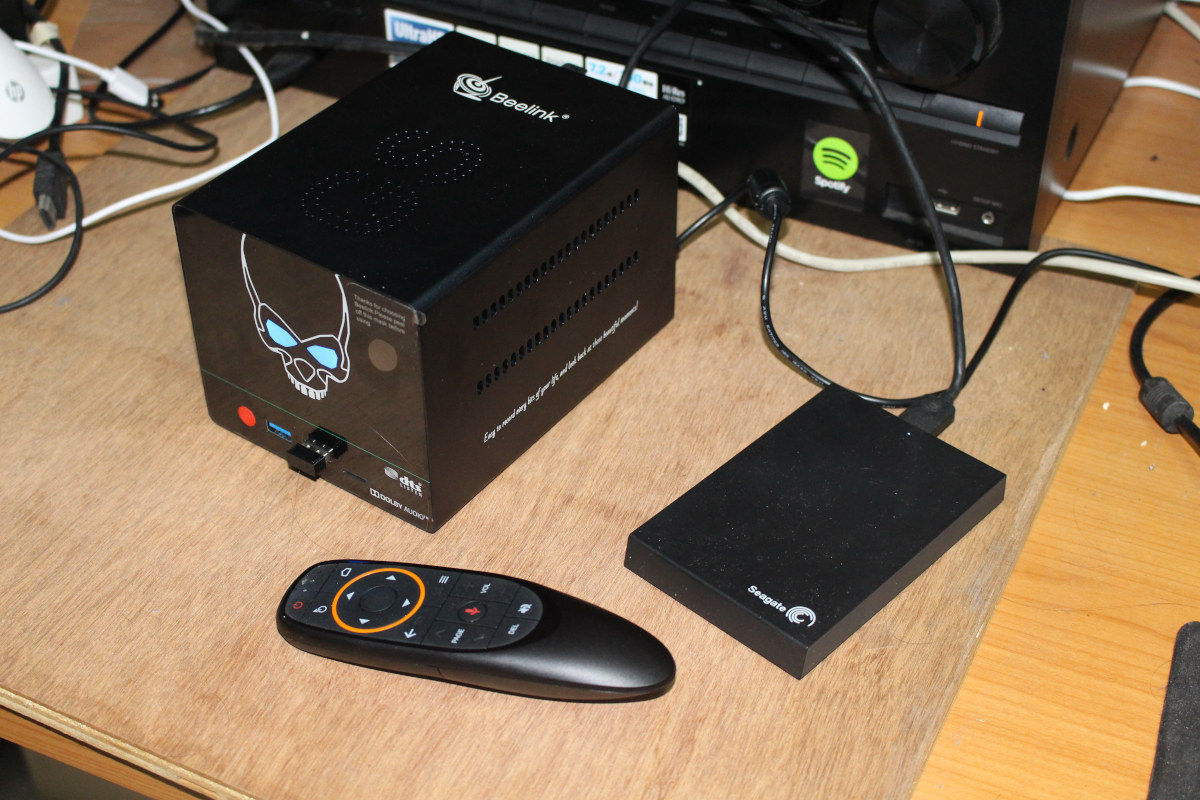The original 96Boards CE compliant Dragonboard 410c development board launched in 2015 was followed by Geniatech Developer Board IV the following with many of the same features plus the addition of a Fast Ethernet port and an RTC battery, and an 85x60mm form factor all of which made it non-compliant with the 96Board specs. Geniatech has now introduced a new Developer Board 4 V3 version, that like the V2 model integrates a Gigabit Ethernet port and WiFi 5 connectivity, but the design has been modified get closer to 96Boards CE compliance with 85x54mm dimensions, and the same ports’ arrangement as on 96Boards CE boards, excluding the Ethernet RJ45 jack that is out of (96Boards CE) specs. Geniatech Developer Board 4 V3 specifications: SoC – Qualcomm Snapdragon 410E (APQ8016E) quad-core ARM Cortex A53 processor @ 1.2 GHz with Adreno 306 GPU System Memory – 1 or 2 GB LPDDR3 @ 533MHz […]
Wandboard 8MPLUS SBC Gets NXP i.MX 8M Plus SoC with 2.3TOPS NPU
TechNexion Wandboard Dual was one of the first Freescale i.MX 6 single board computers when it launched in early 2013 and the company has introduced a few more models over the years including Wandboard QuadPlus in 2017. TechNexion is now working on a new version called Wandboard 8MPLUS powered by the recently announced NXP i.MX 8M Plus SoC that features a built-in 2.3 TOPS NPU for AI acceleration. Wandboard 8MPLUS preliminary specifications: EDM System-on-Module SoC – NXP i.MX8M Plus quad-core Arm Cortex-A53 processor @ up to 1.8 GHz, Arm Cortex-M7 real-time core @ up to 800 MHz, Vivante GC7000UL 3D GPU, Vivante GC520L 2D GPU, HiFi 4 audio DSP, and 2.3 TOPS Neural Processing Unit (NPU) System Memory – 2GB or 4GB LPDDR4 Storage – 32GB eMMC flash Video Decode – HD (1080p +720p) Video Encode – 1080p60 H.265, H.264 260-pin EDM Type G board-to-board connector Debugging – JTAG Interface […]
Snapdragon 626 Powered Rugged Tablet Comes with NFC, RFID and Barcode Readers
Estone Technology has launched another rugged tablet with UA-80 IP-67 waterproof rated, and MIL-STD-810G compliant rugged Android tablet powered by a Qualcomm Snapdragon 626 mobile platform driving an 8″ capacitive touchscreen display. The tablet is equipped with up to 8GB RAM, up to 128GB storage, and comes with HF(NFC) and UHF RFID readers and an optional barcode reader for healthcare, construction, retail, oil and gas, and logistics use cases. Estone UA-80 tablet specifications: SoC – Qualcomm MSM8953 Pro (Snapdragon 626) octa core Cortex-A53 processor @ up to 2.2GHz with Adreno 506 GPU with support for OpenGL ES 3.1 + AEP System Memory – 4GB LPDDR3 (Option: 8GB LPDDR3) Storage – 32GB eMMC flash (Option: 64GB, 128GB) Display – 8″ sunlight-readable IPS LCD with 1200 x 800 resolution, 450 nit brightness, 10-point touch, and chemically hardened cover glass Audio – Built-In microphone and 8 Ohm/1W speaker, 3.5mm 4-pole audio jack with […]
MediaTek i350 Edge AI Processor is Designed for Mainstream AIoT & Smart Home Applications
MediaTek is well known for its mobile processors, but recently the company also manufactures IoT and AI processors such as MediaTek i300/i500 and MediaTek i700. The company has now introduced an updated to the entry-level MediaTek i300 processor with MediaTek i350 quad-core Cortex-A53 processor integrated with DSP and AI processor for vision and voice edge processing applications including facial, object, gesture, motion recognition, license plate recognition (LPR), voice activation and speed recognition, sound isolation, bio-tech and biometric measurements, and more. MediaTek i350 key features and specifications: Processor – 4x Arm Cortex-A53 cores up to 2.0 GHz with 512KB unified L2 cache, Arm NEON GPU – Arm Mali-G52 MC1 up to 800Mhz with support for OpenGL ES, OpenCL, and Vulkan APIs Co-processor – MediaTek APU 1.0 AI Processor up to 500MHz (285 GMACs) Memory -LPDDR4/LPDDR4X up to 3200Mbps, LPDDR3, DDR3/L up to 1866Mbps Storage – eMMC 5.1 flash (SLC/MLC/TLC) Display Interfaces […]
Zidoo Z10 Pro & Z9X Realtek RTD1619DR 4K Android Media Players Launched for $229 and up
We previously wrote about some upcoming Realtek RTD1619 media players targeting the videophone and audiophile crowd, and expected them to launch very soon with models from Zidoo and Dune HD. Zidoo has now launched two models with the awaited Zidoo Z9X and a new, higher-end Zidoo Z10 Pro which can be purchased on Aliexpress for respectively $229 and $349 with free shipping. Zidoo Z9X Specifications Key features and specifications: SoC – Realtek RTD1619DR hexa-core Cortex-A55 processor with Arm Mali-G51 MP3 GPU System Memory – 2GB DDR4 Storage – 16GB eMMC flash, SATA 3.0 external port (on side) Video Output HDMI 2.0a up to 4Kp60 with HDR, 12Bit, YCbCr 4:4:4 color range, audio passthrough support 3.5mm AV jack with composite Video Input – HDMI 2.0 up to 4Kp60, 48khz PCM audio Video Decoding – HDR, HDR10 +, Dolby Vision, 10-bit HEVC/H.265 up to 4K @ 60fps, VP9 up to 4K @ […]
Onyx Boox Poke2 Color eReader Launched for $299
Manga and comics fans, rejoice! After years of getting black & white eReaders, the first commercial color eReaders are coming to market starting with Onyx Boox Poke2 Color eReader sold for $299 (but sadly sold out at the time of writing). The eReader comes with a 6-inch, 1448 x 1072 E-Ink display that supports up to 4096 colors, and runs Android 9.0 on an octa-core processor coupled with 2GB RAM and 32GB storage. Onyx Boox Poke2 Color eReader specifications: SoC – Unnamed octa-core processor @ up to 2.0 GHz (possibly Snapdragon 625) System Memory – 2GB RAM Storage – 32GB eMMC flash Display – 6-inch 4096-color e-Ink display with 1448 x 1072 resolution (B&W: 300PPI, color: 100PPI) with finger touch support (e.g. stylus not supported), with 32-level adjustable color temperature (CTM) Connectivity – Dual-band 802.11 b/g/n WiFi 4 and Bluetooth 4.1 USB – Micro USB OTG port Misc – Power […]
Exor nanoSOM nS02 System-on-Module Features the 800MHz version of STM32MP1 Processor
Arrow Electronics and Exor Embedded have announced the nanoSOM nS02 system-on-module based on the 800MHz version of STMicro STM32MP1 microprocessor unveiled last February. The 25.4 x 25.4mm module is designed for IoT edge applications such as smart IoT controllers and gateways, cloud edge interfaces, and building automation. A supporting development kit can also be provided by Arrow Electronics. NanoSOM nS02 specifications: SoC -STMicro STM32MP157 dual-core Cortex-A7 processor @ 800MHz with 3D GPU System Memory – Up to 1GB DDR3L Storage – Up to 32GB eMMC flash, 4KB EEPROM USB & Ethernet Hub – Microchip LAN9512 controller 131x solder pads with Storage – 2x SD Video Output – 24-bit RGB LCD parallel or 2-lane MIPI DSI Camera Input – 8,10,12-bit video input Audio – 1x I2S channel Networking – 2x 10/100M Ethernet (one native, one via USB hub) USB – 2x USB 2.0 host, 1x USB OTG 4x SPI, 1x I2C, […]
Beelink GS-King X Review with Android 9 – Video & Audio Playback, NAS/File Server Function, and Benchmarks
Last month I received Beelink GS-King X for review and started with an unboxing and teardown to check out the hardware. I’ve now had time to test the device with Android 9 including the file server function, a key selling point since of the device since it supports up to two 3.5″ SATA drives internally. A Tedious and Frustrating Start Eventually, I managed to boot the TV box and access the launcher, but it was no pleasure cruise. The first time, I connected the power, there was nothing at all, with the LED turned off, and no noise from the device. I thought the device was dead. The company asked me to check the power supply, and indeed a quick check with a multimeter confirmed it was dead despite the blue LED (on the power supply) implying the contrary. Nevermind, bad things happen, and the company sent me a new […]


